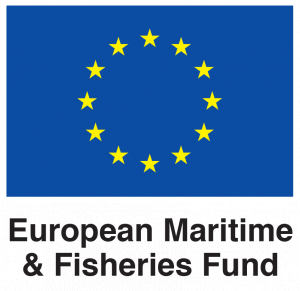
Both offshore resource development and environmental protection are challenged by the presence of UXO and relic munitions on the seafloor. In addition to the explosion and security risk, these munitions contain cytotoxic, genotoxic, and carcinogenic chemicals associated with conventional explosives, chemical warfare agents, and munition structural components. There is a critical need to clear undersea munitions due to the hazards associated with accidental detonation and leakage of toxic chemicals.
Currently available and mature geophysical technologies remain unable to universally identify munitions on the seafloor. In contrast, direct sensing of explosive material provides an unequivocal signature for objects requiring clearance and chemical contamination release from munitions. Despite the clear need for real-time chemical detection technology, existing methods cannot detect multiple compounds simultaneously, and they are all subject to interferences from non-target compounds. The Explotect project addresses this fundamental need for an innovative approach to sensitively and specifically detect dissolved explosive compounds and chemical warfare agents in seawater.
The goal of Explotect is to develop, optimize, and test a prototype sea-going device for detection of chemicals associated with unexploded ordnance in the marine environment. This outcome of this project will be a major step change from existing methods both for UXO identification as well as chemical detection. This system is envisaged as a supporting munition detection technology for use in combination with existing mature geophysical technologies. Combining data from multiple sensors provides enhanced detection probability.
